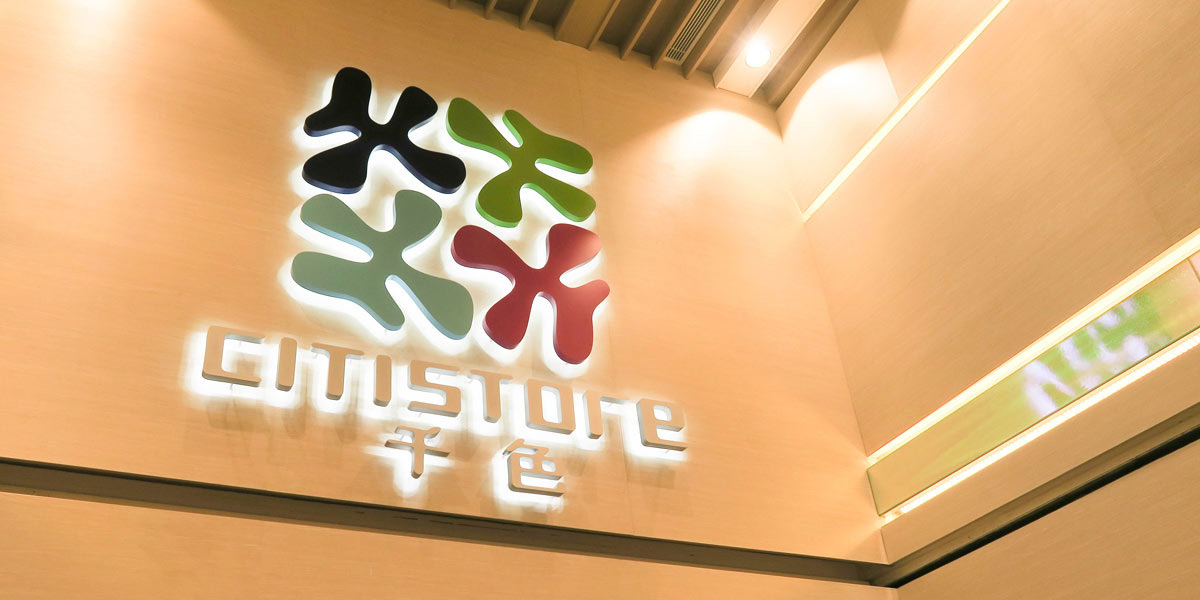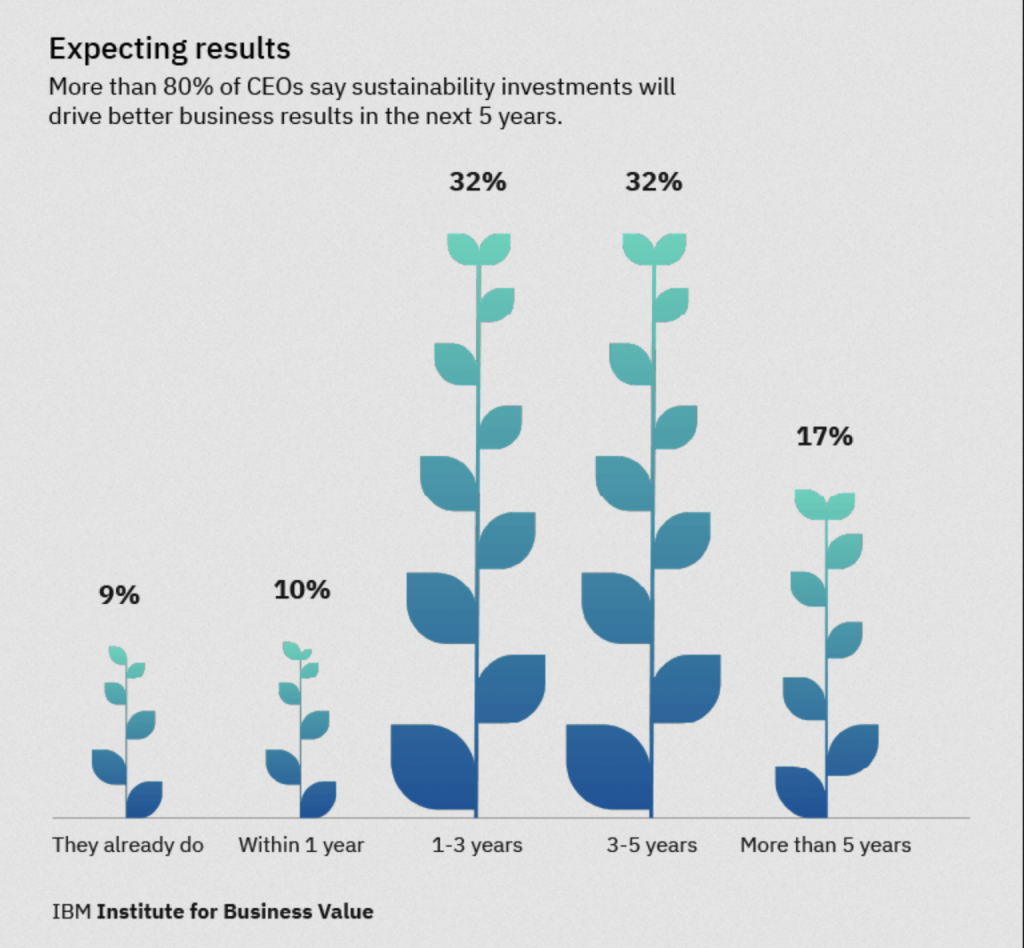Systems
Citistore Speeds Up SAP Modernization with Linux on IBM Power9
May 13, 2020 | Written by: 小編 / Editor
Categorized: Systems
Share this post:

In today’s retail landscape, decisions are made at lightspeed. It is why a robust enterprise resource planning (ERP) system lies at the heart of every successful retailer. Citistore Hong Kong Limited (Citistore) was no different.
Since its founding in 1989, Citistore grew to become Hong Kong’s famous department store by delivering products that consumers want at the right price. A fast and reliable SAP ERP system empowered such decisions, making it vital for their operations and business growth while never experiencing a single downtime over the past 14 years.
So, when the project team had to migrate their SAP ERP system to Linux last year for business reasons, high-speed performance and reliability became key concerns.
There were three reasons for the migration. First, the acquisition of the Hong Kong operations of UNY, a Japan’s leading supermarket operator, expanded Citistore’s market reach, but also gave their parent company, Henderson Investment Limited (Henderson Investment), a different backend system to manage. So, the project team decided to standardize on one. The second was that SAP announced that it will only support SAP S/4HANA from 2025 onwards. That gave them only five years to upgrade the two ERP systems. Lastly, the platform they were using will not be supported by SAP S/4HANA in the future. So, the team chose to migrate and upgrade their SAP system on Linux.
The project team’s biggest concerns were naturally performance and reliability. Both Citistore and UNY could not afford to sacrifice operational efficiency or decision-making speeds. They also had a tight budget after a challenging year in retail. So, the team looked for the lowest cost offering that did not compromise on reliability to address any migration risk, avoid downtime, and still meet out limited budget.
These were the primary reasons for choosing Linux on IBM Power9. It promised the lowest five-year total cost of ownership (TCO) by using fewer servers, doubled the throughput per core, took less physical space, reduced energy usage, cut down networking needs, simplified management, and offered better reliability and performance.
In short, choosing Linux on IBM Power9 made business and IT sense.
Architecting an Integrated Future
To ensure a smooth migration, the project team implemented it in two related phases. In phase one, which began in 2019, the team migrated the new ERP system to SAP S/4HANA that ran Linux on IBM Power9. The team expect it to go live this year.
Using the lessons and insights from phase one, the project team is looking to accelerate the upgrade of Citistore’s SAP ERP system to SAP S/4HANA this year, which will also run Linux on IBM Power9. They expect to complete phase two by 2021.
The new IBM architecture offered Citistore five distinct advantages:
- Faster deployment. IBM Power9 sped up deployment, which included the operating system, SAP HANA in-memory database, Linux Cluster configuration and testing. The platform’s quick provisioning feature, which made provisioning 20x faster than on x86 servers, meant that the entire project met the tight project schedules.
- Designed for in-memory database for performance. Linux on Power9 offered distinct advantages over x86 alternatives for in-memory databases like SAP HANA. Most importantly, it offered a larger bandwidth for in-memory databases and the SAP Application Performance Standard (APS) on Power systems showed a better uptime performance. These boosted the SAP HANA performance, while future proofing the infrastructure for data-intensive workloads, such as SAP Business Warehouse.
- More power, less resources. The high-performance capabilities of the Power9 platform meant the entire project only involved four IBM Power9 L922 servers, each with a V5030 Storage System, SAN switches, and a tape library. It meant that each business—Citistore and the newly acquired Hong Kong operations of UNY—will run its entire retail operations on only two servers. The alternative Intel route needed five servers for the first phase alone. In addition, the powerful virtualization and dynamic resource allocation benefits allowed the project team to achieve maximum virtualization of five for HANA for each server in production. The x86 Intel setup only catered for two.
- Modular design boosted flexibility. IBM Power9’s modular design extended the initial investment and made future application growth more manageable. It was especially crucial for addressing changing demands for virtualization, adding resiliency for continuous availability, and speeding up analytics performance with fewer cores, while hosting multiple HANA production workloads on the same server.
- Dynamic resource allocation. IBM Power9’s dynamic resource allocation capabilities assigned resources where they mattered most and reassign them again as needed. For example, the team could allocate a lot more resources for the user acceptance test (UAT), and then reassign them for production. This flexibility optimized resource usage, while streamlining capital expenditure and extending IT existing investment.
Marriage of Strengths
Changing market dynamics and ever-shifting consumer preferences that impact bottom lines demand real-time decision-making and operations. At the same time, rising material and logistics costs coupled with thinner margins eliminate any room for error.
The migration to SAP S/4HANA offered the right step forward to becoming a real-time, agile retail enterprise. With its host of new features and an in-memory database, the new ERP solution puts real-time analytics in the hands of our business users and decision-makers. It also makes the entire supply chain transparent and digs deeper into customers’ buying behavior.
Having the right application is only half the solution. It needs the right platform for it to truly deliver on its promises. It is why Linux on IBM Power9 was a crucial decision. It marries the open architecture of Linux with a processing architecture with proven reliability. With features like Live Partition Mobility, which enables live upgrades of the core processor, it also future proofs the company’s ambitions.
All in all, Linux on IBM Power9 assured that the entire project would be completed within three years while offering the confidence to navigate oncoming headwinds and transform them into retail opportunities.
IBM專家觀點:從ChatGPT走紅,談企業需要甚麼樣的人工智能 —— 從「百事通」到「業務助手」
ChatGPT火爆出圈 最近幾週,AI業界最大的新聞無疑是ChatGPT橫空出世,從而引發的業界震動。 市場上有大量的評論文章,有把它描述成無所不能的,大有代替人類職業之勢; 也有提出擔憂,某些頂級學術雜誌和知名高校已經明確限制AI作者發表論文和科研成果。
ASL Optimizes Application Performance with IBM AIOps Solution
Organizations are now accelerating their digital transformation, therefore transforming the application landscape and making it more hybrid and complex. However, Hong Kong has seen a shortage of tech talent in recent years, presenting several key challenges to organizations when managing their applications. The talent shortage is an urgent concern that is currently slowing […]
Putting Sustainability at the Heart of Business as the Key to Success
Increasingly, we are witnessing climate change play a growing role in staying abreast in a competitive business market. Just late last year, the Hong Kong government announced the Hong Kong Climate Action Plan 2050, setting out the vision for achieving carbon neutrality before 2050, with an interim target to reduce carbon emissions levels by 50% […]

